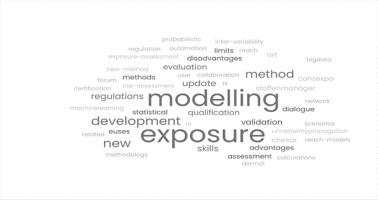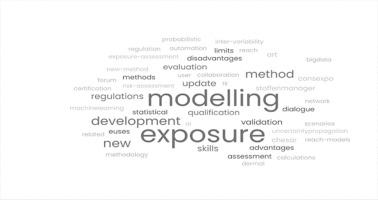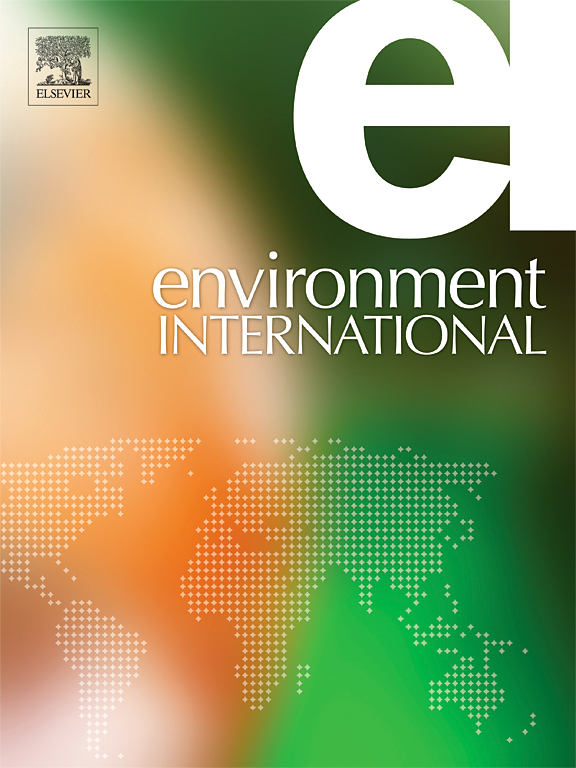Reflection on the landscape of education in the area of exposure modelling
IF 10.3
1区 环境科学与生态学
Q1 ENVIRONMENTAL SCIENCES
引用次数: 0
Abstract
Exposure models are essential for a range of contexts involving exposure science. The Exposure Models Working Group, established under ISES Europe, identified that to improve model use, suitable training and education is required. However, there is currently no formal educational training programme for exposure modelling in Europe. We present results from an online survey disseminated to the European exposure science community to identify modelling training needs. The questionnaire had three sections: background information about the respondents and interests in exposure science, previous attendance of exposure modelling courses, interest in future training and education in exposure modelling and their coverage and format.
A total of 88 survey recipients completed the survey. Most respondents were from governmental organizations (36 %), with 50 % of all respondents having less than 10 years of experience. About two-thirds of the respondents stated that they had previously attended exposure modelling courses. These were mostly focused on specific models, up to one day in duration and took place in-person. Two thirds of respondents expressed interest in attending future exposure modelling training modules, with the most important topics being interpretation of model results and use of models to meet regulatory standards/requirements. Preferred attendance of training courses was virtual or blended. Costs and certificates of attendance seemed less influential when selecting a training course. Our survey suggests that there is a demand for training in exposure modelling and provides insight to inform the development of training modules that are suitable to fulfil the training needs of exposure scientists and practitioners.


对暴露模型领域教育前景的思考
暴露模型对于涉及暴露科学的各种情况至关重要。隶属于 ISES 欧洲分会的暴露模型工作组认为,要提高模型的使用率,需要进行适当的培训和教育。然而,欧洲目前还没有针对暴露模型的正式教育培训计划。为了确定建模培训需求,我们向欧洲暴露科学界发放了一份在线调查问卷,并公布了调查结果。调查问卷包括三个部分:受访者的背景信息和对暴露科学的兴趣、以前参加过的暴露建模课程、对未来暴露建模培训和教育的兴趣及其覆盖范围和形式。大多数受访者来自政府机构(36%),50%的受访者工作经验不足 10 年。约三分之二的受访者表示,他们以前参加过暴露模型课程。这些课程大多以特定模型为重点,持续时间不超过一天,并且是面对面授课。三分之二的受访者表示有兴趣参加今后的暴露模型培训模块,其中最重要的主题是模型结果的解释和使用模型满足监管标准/要求。参加培训课程的首选方式是虚拟培训或混合培训。在选择培训课程时,费用和出席证书似乎影响较小。我们的调查表明,人们对暴露模型培训有需求,并为开发适合满足暴露科学家和从业人员培训需求的培训模块提供了参考。
本文章由计算机程序翻译,如有差异,请以英文原文为准。
求助全文
约1分钟内获得全文
求助全文
来源期刊

Environment International
环境科学-环境科学
CiteScore
21.90
自引率
3.40%
发文量
734
审稿时长
2.8 months
期刊介绍:
Environmental Health publishes manuscripts focusing on critical aspects of environmental and occupational medicine, including studies in toxicology and epidemiology, to illuminate the human health implications of exposure to environmental hazards. The journal adopts an open-access model and practices open peer review.
It caters to scientists and practitioners across all environmental science domains, directly or indirectly impacting human health and well-being. With a commitment to enhancing the prevention of environmentally-related health risks, Environmental Health serves as a public health journal for the community and scientists engaged in matters of public health significance concerning the environment.
 求助内容:
求助内容: 应助结果提醒方式:
应助结果提醒方式:


